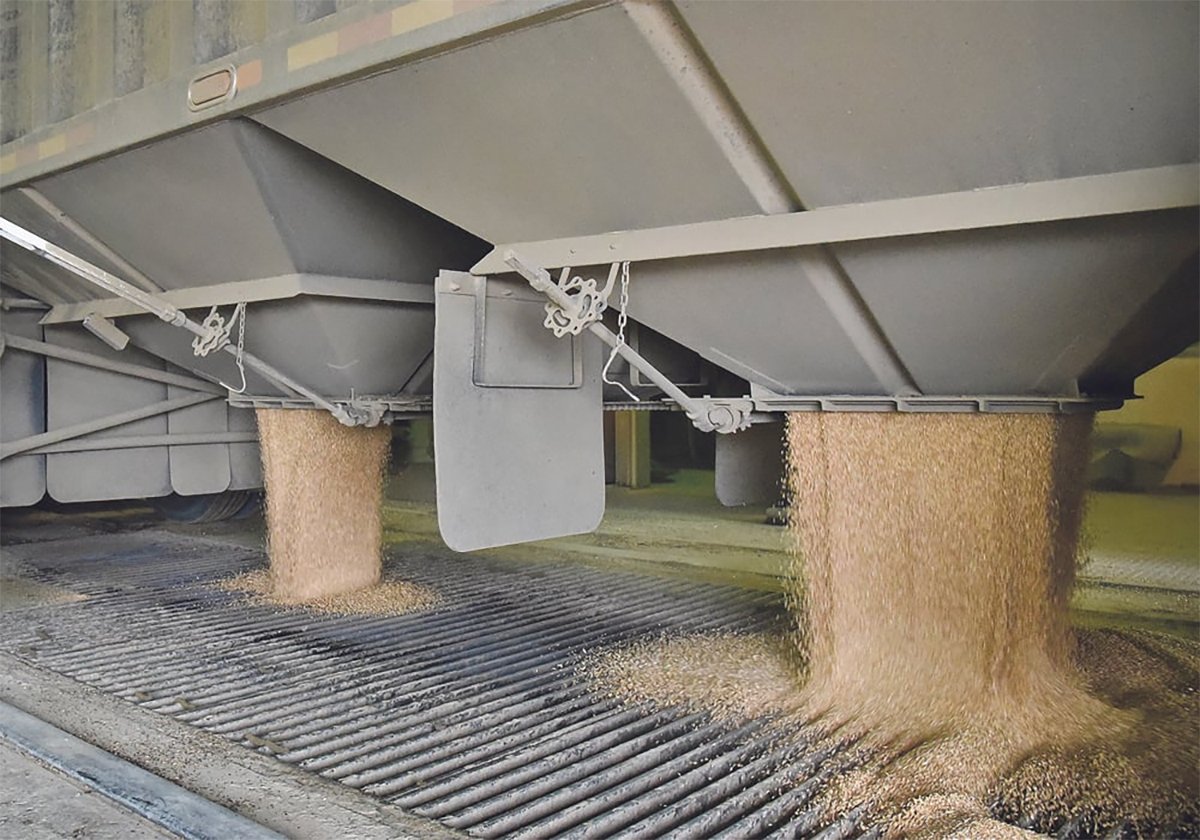On Friday afternoon and Saturday I drove across huge tracts of land, all the way from Des Moines, Iowa to the northern plains, across southern Minnesota and through eastern South Dakota and North Dakota on the way back from the World Pork Expo. It was a great way to get a sense of the real world, soil level reality of the weather discussions I’d heard at the Expo from a couple of crop conditions experts who were talking abut the feedgrains situation.
I’d been through a week before, on the way down to the show, and farmers seemed to have made some progress on their very-delayed seeding. It’s been soaking wet in the eastern North Dakota/western Minnesota area, which has pushed seeding back by a month, and on Saturday it rained again. A few days before I’d been on one North Dakota farm that needed only another 12 hours or so of warm, dry conditions with a good wind to get moving. Another farmer had had to cancel meeting me because it had gotten so nice for a day he was able to finally get out on the tractor. These guys didn’t need what they got for most of the week: cool, wet weather. This is terrible for farmers in the affected area, but it’s pretty good news for Canadian growers of hard red spring wheat. Farmers are right on the cusp in many areas of the U.S. spring wheat area of switching out of wheat and into soybeans or other crops that can be seeded later. Every day there’s a smaller and smaller potential HRSW crop coming for Canadian farmers to compete with.
Read Also

Worrisome drop in grain prices
Prices had been softening for most of the previous month, but heading into the Labour Day long weekend, the price drops were startling.
Today the USDA releases supply and demand reports that should shed some light on the situation. They should add some statistical heft to the visual inspection I was able to make whilst driving down the interstates. More smart prognostication should come from the Canadian Wheat Board weather briefing session that’s being held tomorrow afternoon. Lots of smart guesses about acreage and crop switching coming out this week.
The market seems to be looking for reasons to push crop prices higher, so let’s hope the USDA and CWB helps out with some extra news of production problems here in North America and around the world. The USDA reports should have come out about half an hour ago, so the chattering mouths of the ag commentariat are no doubt about to start yakking up a cacophanous storm and I’ll be trying to figure out what it all means.
Need another coffee . . .















